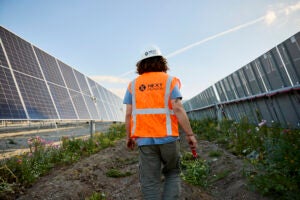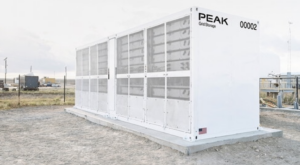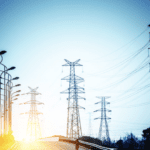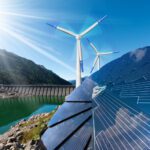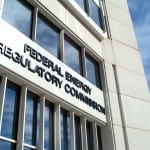
As Donald Trump took office in January, the administration immediately declared a national energy emergency, explaining that “we need a reliable, diversified and affordable supply of energy to drive our Nation’s manufacturing, transportation, agriculture, and defense industries.” Both ends of the political spectrum agree that the U.S. desperately needs more power on the grid—among other things to have a chance to effectively compete in the global artificial intelligence (AI) arms race.
The Trump administration seems to get this. On May 23, the president signed into law four executive orders intended to boost the nuclear energy sector. If successful, the initiatives will create financing certainty for the new nuclear sector, unlock sources of capital for new projects, and could bring generation online in five to 10 years—significantly advancing the anticipated timeline for these projects.
COMMENTARY
Massive amounts of new baseload commercial power in the mid-term future is a great step in the right direction—so surely Congress is on board to preserve policies that will keep near-term power projects coming online while we await new nuclear, right?
Unfortunately the answer to that question is currently a hard “no.” Just days before the signing of the president’s nuclear executive orders, the House of Representatives passed the so-called Big Beautiful Bill (BBB), and in doing so attempted to hamstring the segment of the power industry that can get electrons to the grid the fastest—solar and wind and the storage projects that create near-term grid resiliency and reliability.

The legislation, if passed by the Senate, would dramatically accelerate the sunset date for federal tax credits for these types of projects, as it mandates that projects must begin construction within 60 days of the bill passing (rather than phasing out in 2032, the sunset date under the current law). The bill also introduces restrictive and complex foreign ownership and participation requirements that are anticipated to have a chilling effect on the ability to bring new projects on line quickly. In stark contrast to the financing certainty that the executive orders attempt to create for nuclear (which will also benefit from federal tax credits), the BBB creates doubt and jeopardizes the projects that are needed —in the near term—to drive domestic manufacturing, provide for our defense, and win the AI race.
As stated in Executive Order 14278, the U.S. “originally pioneered nuclear energy technology during a time of great peril [and] [w]e now face a new set of challenges, including a global race to dominate in artificial intelligence, a growing need for energy independence, and access to uninterruptible power supplies for national security.” In that previous time of “great peril” the U.S. did not withdraw our ground troops or shutter its conventional weapons factories when it started the Manhattan project. By analogy here, we cannot afford to compromise the quickest to the grid sources of power and reliability, while we wait for other sources of energy to be developed and constructed.
Hopefully the Senate is paying attention. We may only have one chance to get this right.
—Eric Pogue is a partner in Willkie Farr & Gallagher’s Dallas and New York offices and serves as the Firm’s Global Chair of Power & Renewable Energy. Earlier in his career, Eric worked at the U.S. Nuclear Regulatory Commission.
This article neither contains legal advice nor establishes an attorney-client relationship in any form. The opinions expressed herein are attributable to the author alone, and they do not reflect the views, positions or opinions of Willkie Farr & Gallagher LLP or other attorneys at the firm.




